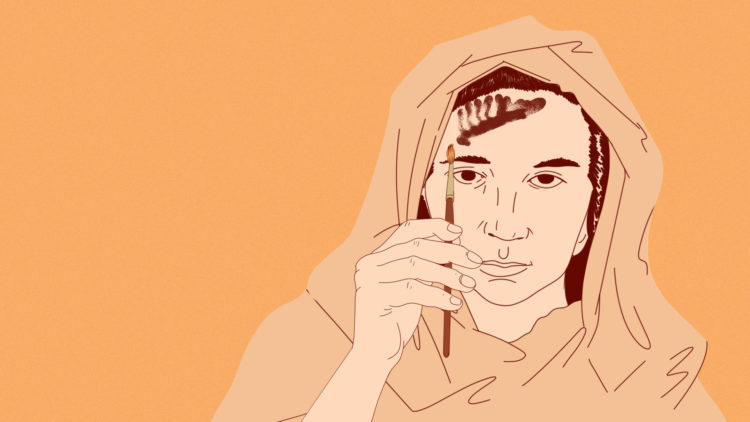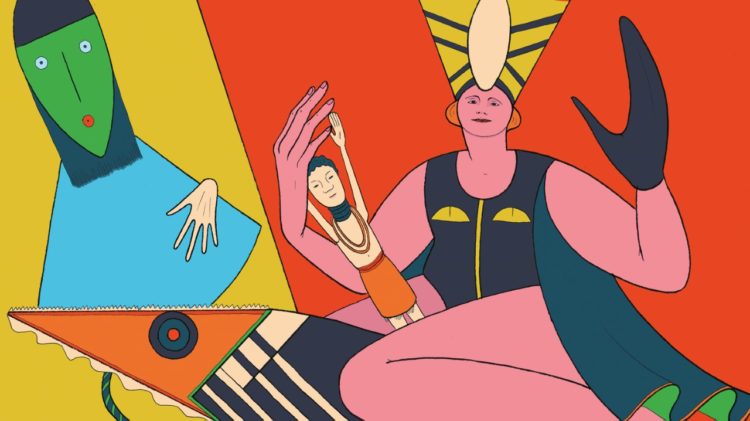Focus
Claude Cahun, Self portrait (reflected in mirror), ca. 1928, photograph, 18 x 24 cm, © Jersey Heritage Trust
During the interwar period, Paris was seen as a place of cultural, artistic and sexual liberty, attracting many women artists who were part of all the different artistic movements. However, the context was paradoxical: though these women wanted to live off their art and to be emancipated, they were nonetheless subject to constraining laws. They imagined a new kind of femininity through their flapper style, cut their hair, dressed how they liked… but they could not have a bank account in their own name, and they did not have the right to vote; economic and political equality remained out of reach.
Large-scale displacement of populations in Europe and the start of prohibition measures in America pushed intellectuals and artists of all nationalities towards the City of Lights. Thus, women artists from Central and Eastern Europe, such as the sculptors Chana Orloff (1888-1968) and Irina Codreanu (1896-1985) and the painters Tamara de Lempicka (1898-1980) and Mela Muter (1876-1967), and from America, such as Gertrude Whitney (1875-1942) and Romaine Brooks (1874-1970), all found themselves reunited in Paris.
The Academie moderne (Modern Academy), founded in 1924, epitomised this diversity, welcoming artists such as the Danish Franciska Clausen (1899-1986), the British Marlow Moss (1889-1958), and the French Marcelle Cahn (1895-1981), all of whom learned Fernand Léger’s (1881-1955) purist style there.
These women artists also formed their own networks outside of art schools run by men, meeting in salons like that of Natalia Clifford Barney, a rich American living in Paris, or of Marie Vassilieff (1884-1957) in Montparnasse, or even in the Polish artistic workshop founded by Stefania Łazarska (1887-1977) in 1915, for her fellow Polish immigrants in Paris.
For economic reasons and to be financially independent, a large number of women artists accepted commissions to work in a wide variety of artistic fields, like Natalia Gontcharova (1881-1962) and Marie Laurencin (1883-1956), who created décor and costumes for ballets, or developed clothing lines, like Sonia Delaunay (1885-1979) and Sarah Lipska (1882-1973). Motivated by economic necessity, they demonstrated their inventiveness and their contribution to the development of “transdisciplinarity”, a term which did not exist at the time.
These women felt free, liberated: they painted themselves playing tennis – as in Aleksandra Beļcova’s (1892-1981) The Tennis Player (1927) – lounging on a beach – like in Jacqueline Marval’s (1866-1932) La Grande Plage de Biarritz (1923) – or in a bed, smoking a cigarette – as in Suzanne Valadon’s (1865-1938) La Chambre bleue (1923). They reinvented the female nude, up until then reserved for the male gaze, by approaching the subject from their point of view. Émilie Charmy (1878-1974) was one of these women artists who took their own bodies as their subjects, affirming their autonomy and their sexuality.
The self-portraits of Claude Cahun (1894-1954) and the portraits of R. Brooks epitomise what is called in this period “the third sex” – a concept which evokes homosexuality, cross-dressing, the inversion of the masculine and the feminine, and marginalised sexuality, all at once. They presented themselves and those that surrounded them subverting gender codes and questioning identity, by appropriating masculine clothing – like in Les Femmes à la colombe (1919) by M. Laurencin.
A century later, when many artists still do not feel free to reveal their sexuality or identity, these non-conformist, even revolutionary, artists of the Roaring Twenties can be considered real role models.
Thematic introduction written as part of research around the exhibition Pionnières at the Musée du Luxembourg (2nd of March-10 of July 2022). Curated by Camille Morineau and Lucia Pesapane
1888 — Ukraine | 1968 — Israel

Chana Orloff
1896 — Romania | 1985 — France
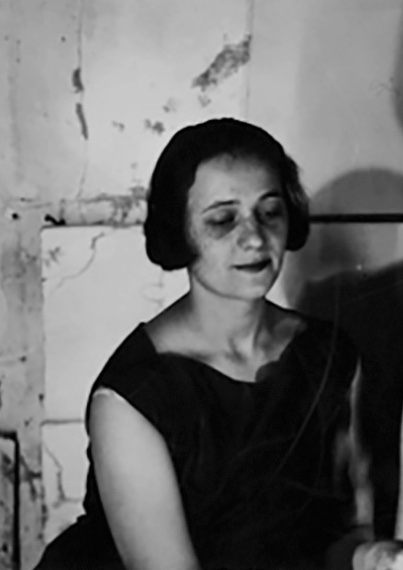
Irina Codreanu (Irène Codreano)
1898 — Poland | 1980 — Mexico
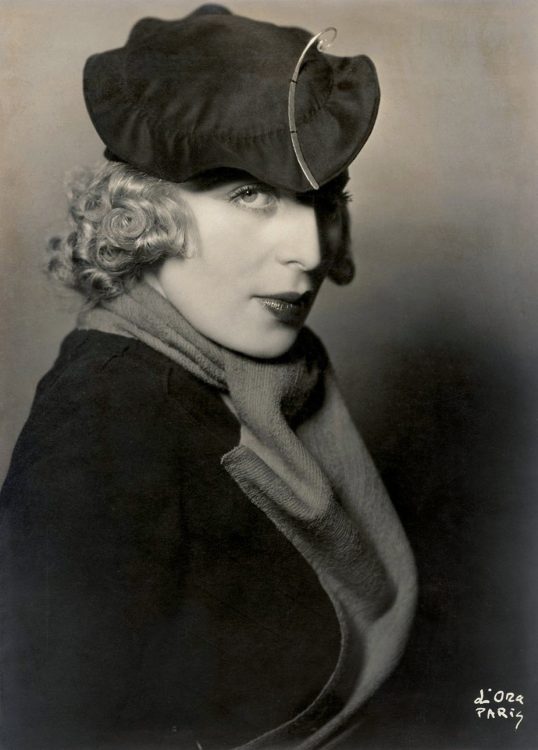
Tamara de Lempicka
1876 — Poland | 1967 — France
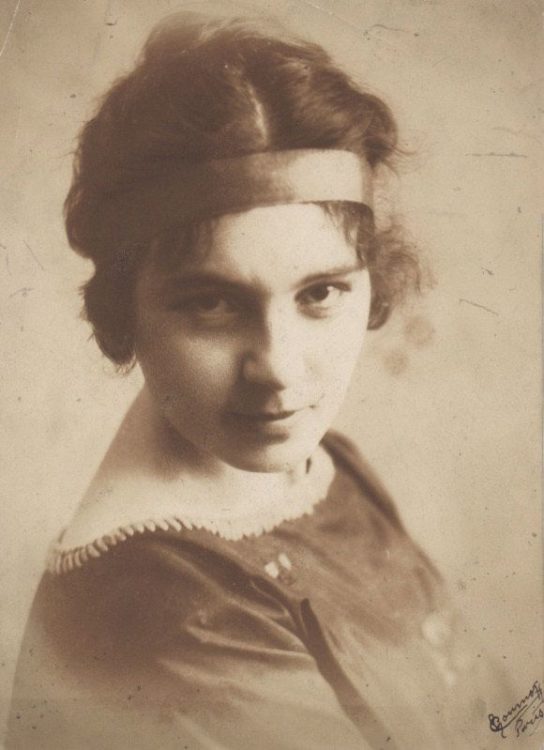
Mela Muter
1874 — Italy | 1970 — France
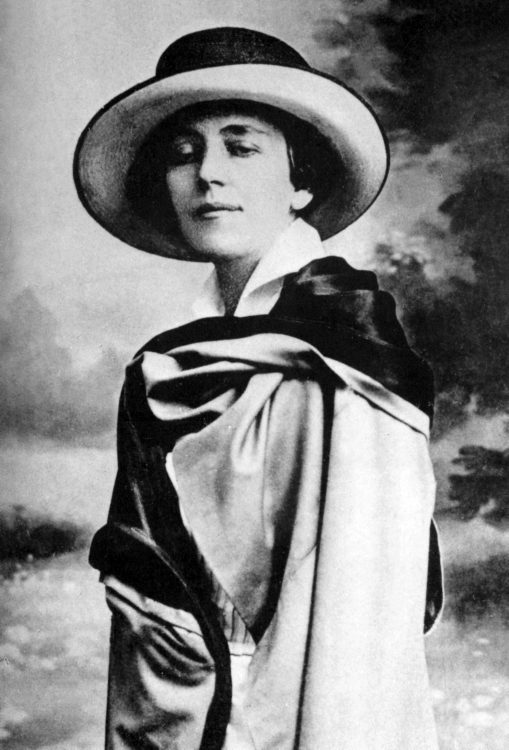
Romaine Brooks
1899 — 1986 | Denmark

Franciska Clausen
1890 — 1958 | United Kingdom
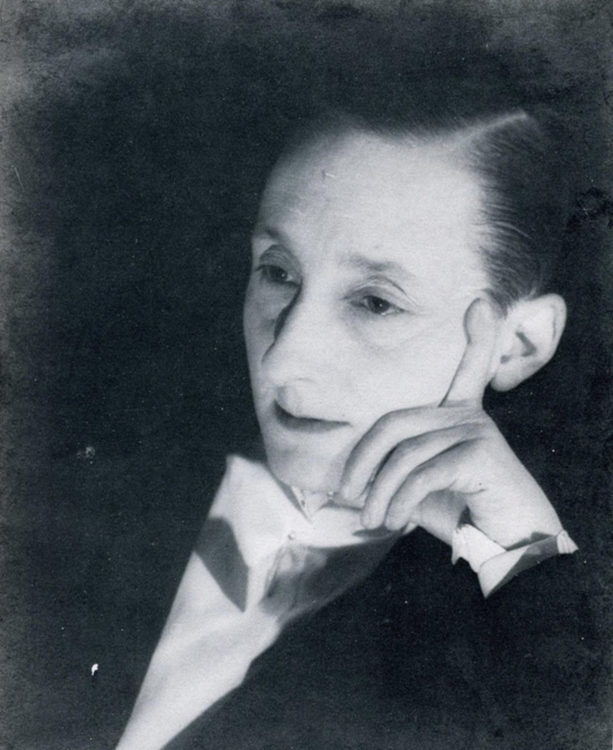
Marlow Moss
1895 — 1981 | France
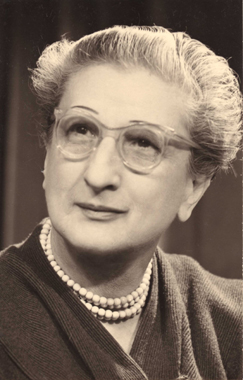
Marcelle Cahn
1884 — Russia | 1957 — France

Marie Vassilieff
1881 — Russia | 1962 — France
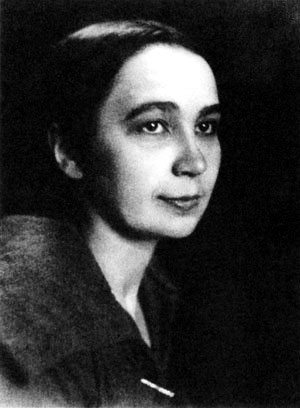
Natalia Gontcharova
1883 — 1956 | France

Marie Laurencin
1892 — Russia | 1981 — Latvia
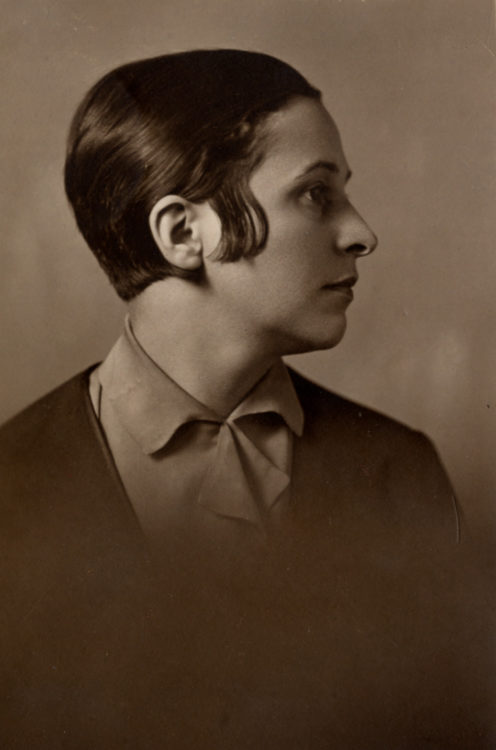
Aleksandra Beļcova
1866 — 1932 | France

Jacqueline Marval
1865 — 1938 | France
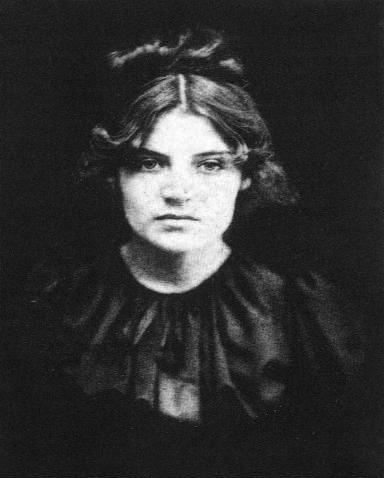
Suzanne Valadon
1878 — 1974 | France
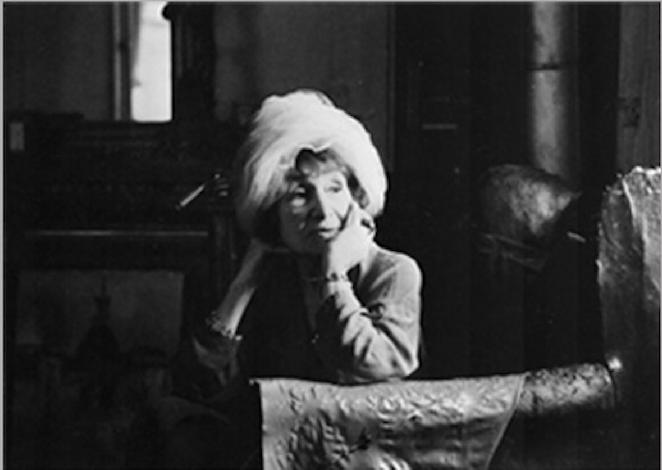
Émilie Charmy
1894 — France | 1954 — Jersey

Claude Cahun
1889 — 1943 | Norway

Ragnhild Keyser
1897 — 1978 | Mexico

Lola Cueto
1884 — 1982 | France

Juliette Roche
1872 — 1938 | Switzerland

Alice Bailly
1885 — 1940 | Denmark

Gerda Wegener
1882 — Poland | 1973 — France






